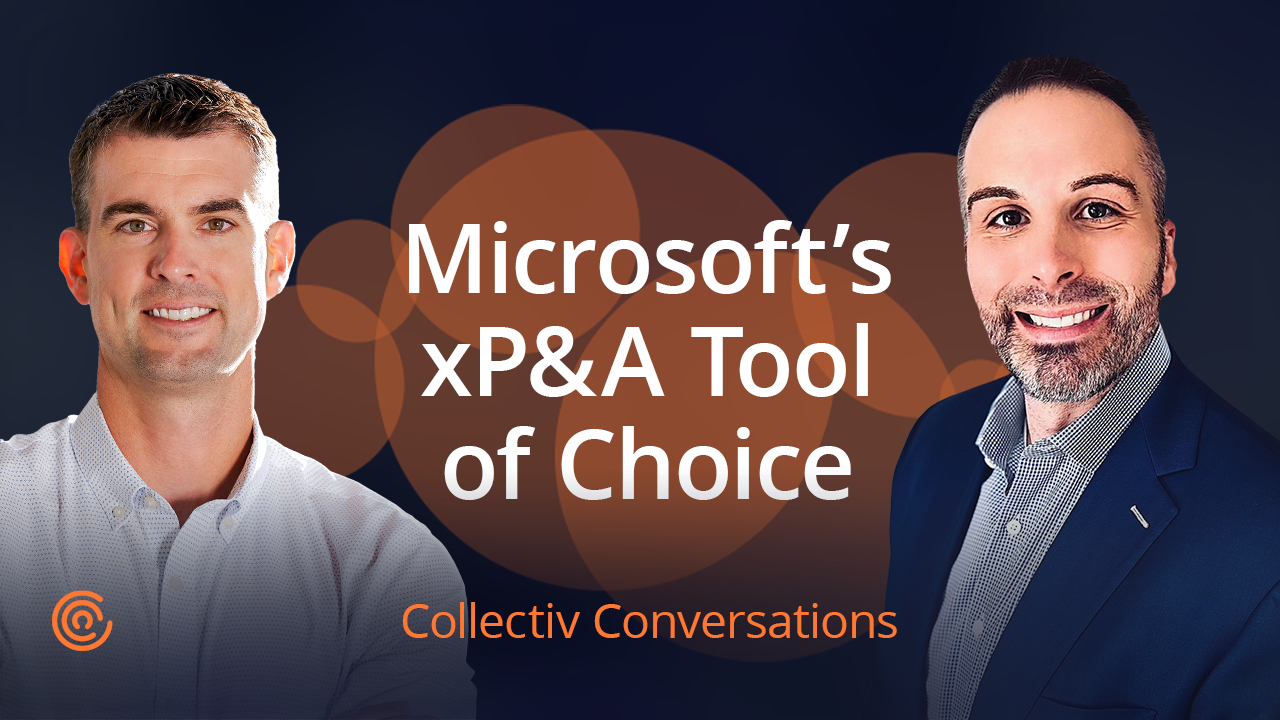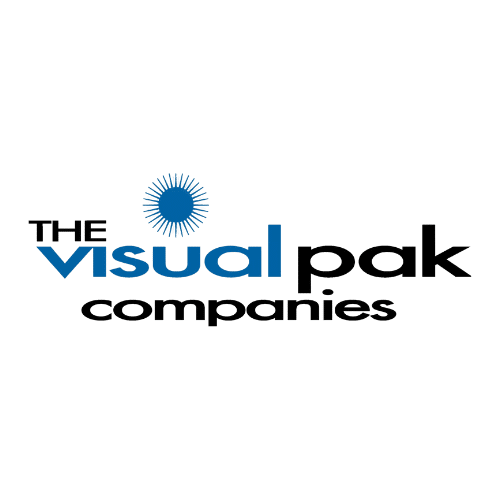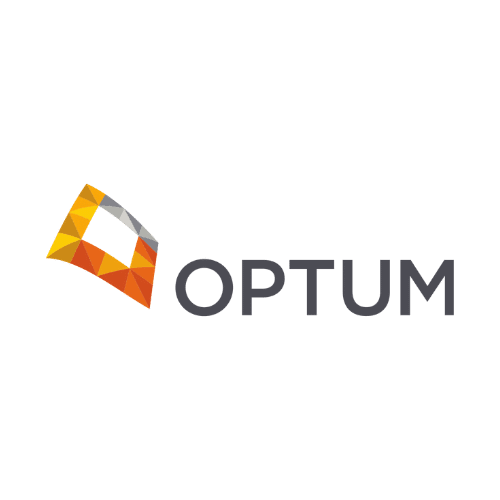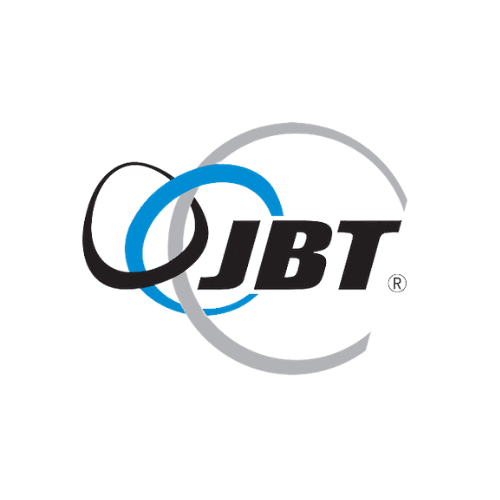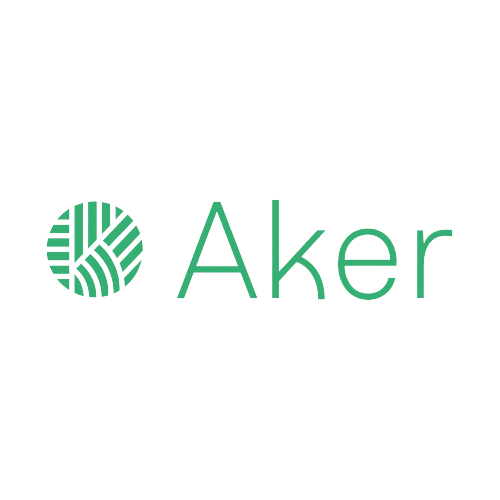Back in early 2014, no one would’ve believed that Microsoft could successfully reinvent itself, let alone be cool. For several years Microsoft was floundering, releasing products nobody wanted, acting like a company in decline.
Ever since Satya Nadella took the helm in February 2014, Microsoft has gone through a remarkable transformation. This is most evident in Microsoft’s share price, which has quadrupled under Nadella’s leadership. The company embraced open source and doubled down on mobile, gaming, and cloud computing.
For its enterprise customers, Microsoft is placing an ever-bigger focus on its increasingly popular offering…Microsoft Power Platform.
What is Microsoft Power Platform?
Microsoft Power Platform ties together four best-in-class services: Power BI, Power Apps, Power Automate, and Power Virtual Agents.
Power BI is Microsoft’s business analytics service. It provides real-time insights from data, dynamic or not, and it allows you to create rich visualizations and highly personalized reports on mobile and desktop.
Power Apps is a no-code / low code environment where you build mobile-friendly business apps. These apps connect to hundreds of popular third-party systems and even live in other Microsoft’s business applications, such as MS Teams.
Power Automate is a workflow automation toolset. It allows you to automate business processes through templates, triggers, alerts, and RPA (Robotic Process Automation). All this can be done quickly and with no coding.
Power Virtual Agents is a guided, no-code graphical interface where you easily create intelligent bots. These AI-powered capabilities help you deliver personalized bot conversations to resolve customer issues and automate common questions.
Microsoft Power Platform Benefits for Your Organization
“Ultimately, it’s not going to be about man versus machine. It is going to be about man with machines.” Microsoft’s CEO Satya Nadella reminds us that technology is a powerful tool when we embrace it fully to better our processes.
Microsoft Power Platform has several benefits that will give your team the upper hand.
1. All Enterprise Business Processes in a Single Platform
Given the importance of data in our digital age, it’s critical for your organization to maintain a single source of truth. To maintain it, you need to govern it—which means you need to:
- Gain leadership buy-in alignment on the front end.
- Drive accountability with data owners and stewards.
- Be vigilant with shadow analysts.
- Use a change management model to evolve.
Whether this is a data warehouse or tabular data model, how do you unleash this huge potential across your entire organization, beyond the traditional “running a report?” Data-driven enterprises know they need a cyclical approach that includes business processes to Analyze, Automate, Act, and Iterate.
Microsoft Power Platform aids this difficult problem that many organizations struggle with, providing an enterprise-grade platform to empower any organization—even those who typically use multiple disparate tools.
2. Self-Service for Easy Adoption and Use
Traditionally, to make full use of many enterprise business applications, you end up leaning heavily on your IT department or IT-savvy people in your department. Previously the technical learning curve of business applications restricted non-IT professionals in finance, marketing, sales, etc. from fully uncovering the wealth of insights in their data. Using something like Azure on their own was out of the question.
With its no-code/low code approach, Microsoft Power Platform makes it significantly easier to generate valuable insights from data, deploy rich applications, create powerful workflows, automation, and leverage AI.
These capabilities are intuitive and achievable through a simple drag-and-drop. Your citizen developers can easily start creating and deploying, while your end-users adopt and use all features with zero (or minimal) involvement from your IT department.
3. It’s Just Microsoft
Power BI, PowerApps, Power Automate, and Power Virtual Agents are a powerful combination of Analyze, Act, Automate, and Iterate. You enable end-to-end capabilities that work seamlessly together under the Microsoft ecosystem, greatly simplifying everyday business processes and tasks.
At the end of the day, if your organization uses MS, you probably already have licenses of Power Platform available to you. So, instead of buying and integrating a third-party product, why not just use it?
4. Streamlines Processes and Improves Productivity
Power Automate has the ability to automate tasks and repetitive processes that are done manually to save time for value-adding activities. A few common routine tasks that can be automated with Power Automate are:
- Approval of documents and processes
- Document generation
- Scheduled flows
If your organization currently does everything manually, it’s time to change up your practices. If you’re a CFO who is still doing manual finance tasks in Excel every week, that’s a red flag. Instead, you can use Power Automate to save time and do less busywork.
5. Facilitates Remote Work and Collaboration
Power Platform handles full web and mobile application integration and you can seamlessly collaborate with teammates remotely with cloud-based systems.
With the increase in the need for flexibility with remote workforces, having a platform that syncs calendars and displays tasks in a functional way are important for keeping employees on track wherever they complete their work. Improving efficiency by constructing workflows that save time for employees, in turn, saves your organization on resource costs.
__________
Microsoft Power Platform is a unique suite of business services that democratizes and unifies your data. It provides both tech and non-tech users at your organization a powerful way to analyze data, act on newly generated insights, deliver personalization, and automate business processes.
It’s time to make sense of your insights and improve data processes. Reach out to the Collectiv team to take the next step.




